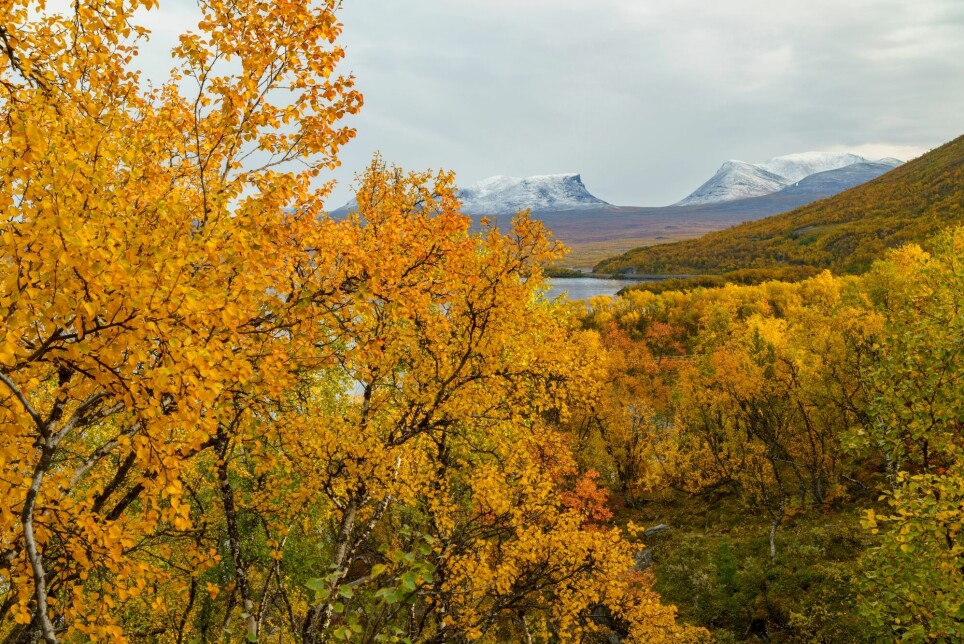
When does autumn actually begin?
If you ask a meteorologist, autumn sets in when the average temperature drops below 10 degrees Celsius.
Most people define autumn as the months September, October and November.
“We also do this,” says Jostein Mamen, researcher at the Norwegian Meteorological Institute.
“But autumn can also be defined as the period where the average daytime temperature drops from 10 to zero degrees Celsius,” he says.
Below 10 degrees on average
In other words, it would be correct to say that autumn starts on September 1st and ends on November 30th.
But it is also correct to say that autumn begins when the average daytime temperature is below 10 degrees Celsius in say five consecutive days.
And further that autumn turns to winter when the average temperature stays below zero degrees.
If we use the temperature-definition, then autumn starts and lasts differently in different parts of Norway.
“When we look at weather stations with long series of measurements, we can also see how the length of autumn has changed over time,” says Mamen.
Never winter in Bergen
One problem with this way of defining seasons is that a city such as Bergen on the west coast of Norway would almost never experience winter.
People in Bergen would instead have a very long, and very wet, autumn, which then turns into spring.
According to an overview of when autumn starts in various parts of Norway from 2013, Vadsø in Northern Norway gets autumn already on August 8th, while Bergen hits the mark on October 2nd.
Temperature-measured seasons would also mean that it is summer in Bergen, and the rest of Norway, when the daytime temperature is above 10 degrees.
Rapid decrease in temperature
When summer is over, the power of the sun weakens. The reduced heat from the sun decreases temperatures on land rapidly.
The decrease in temperature takes longer over the oceans.
Autumn also often comes with high levels of humidity, which in turn may lead to foggy days.
In the Southern hemisphere however, autumn will usually be in March, April and May.
------
Read the Norwegian version of this article on forskning.no






































